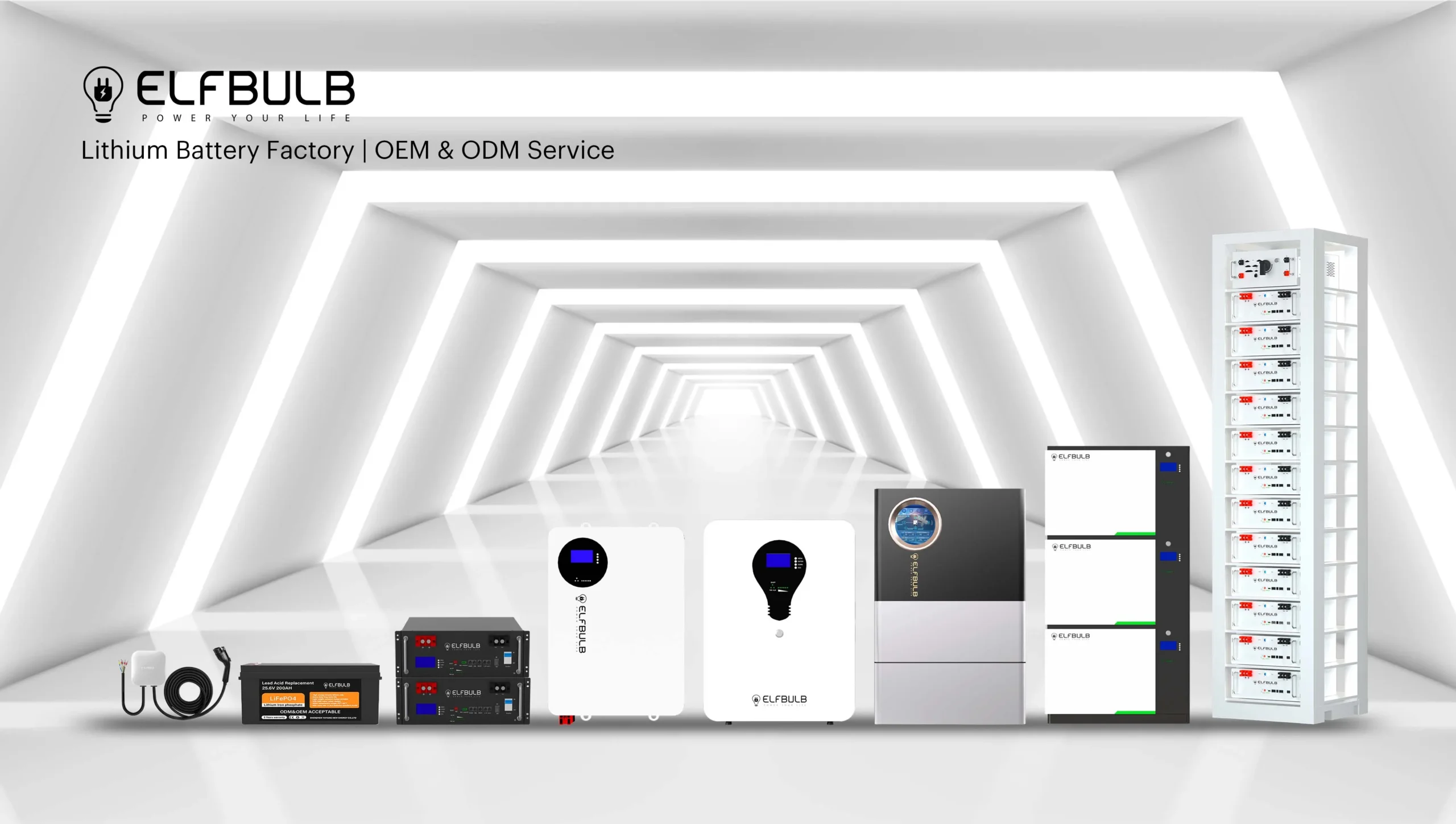When it comes to battery management, understanding the maximum charging current is crucial. This is especially true for large capacity batteries like a 300Ah battery. In this article, we will delve into what the maximum charging current is and how it’s determined for a 300Ah battery.
What is Charging Current?
Charging current refers to the amount of electric current supplied to the battery during the charging process. It is usually measured in amperes (A). The charging current plays a significant role in determining how quickly a battery can be charged.
Determining the Maximum Charging Current
The maximum charging current for a battery is typically determined by its chemistry and capacity. For most lead-acid and lithium-ion batteries, the recommended charging current is between 0.1C and 0.3C, where ‘C’ refers to the battery’s capacity.
For a 300Ah battery, this means:
- At 0.1C: The charging current would be 0.1 * 300Ah = 30A
- At 0.3C: The charging current would be 0.3 * 300Ah = 90A
So, the maximum charging current for a 300Ah battery would typically be around 30A to 90A. However, it’s important to check the manufacturer’s specifications as these can vary based on the specific battery model and design.
Factors Affecting the Charging Current
Several factors can affect the maximum charging current of a battery:
- Battery Chemistry: Different types of batteries (like lead-acid, lithium-ion, nickel-cadmium) have different charging characteristics and thus different maximum charging currents.
- Battery Temperature: Batteries tend to accept less current as they heat up, so the maximum charging current can decrease as the battery temperature rises.
- State of Charge: A deeply discharged battery can often accept a higher current than a battery that is nearly full.
Conclusion
In conclusion, the maximum charging current for a 300Ah battery is typically between 30A and 90A, but this can vary based on several factors. Always refer to the manufacturer’s specifications to ensure you are charging your battery safely and efficiently.



